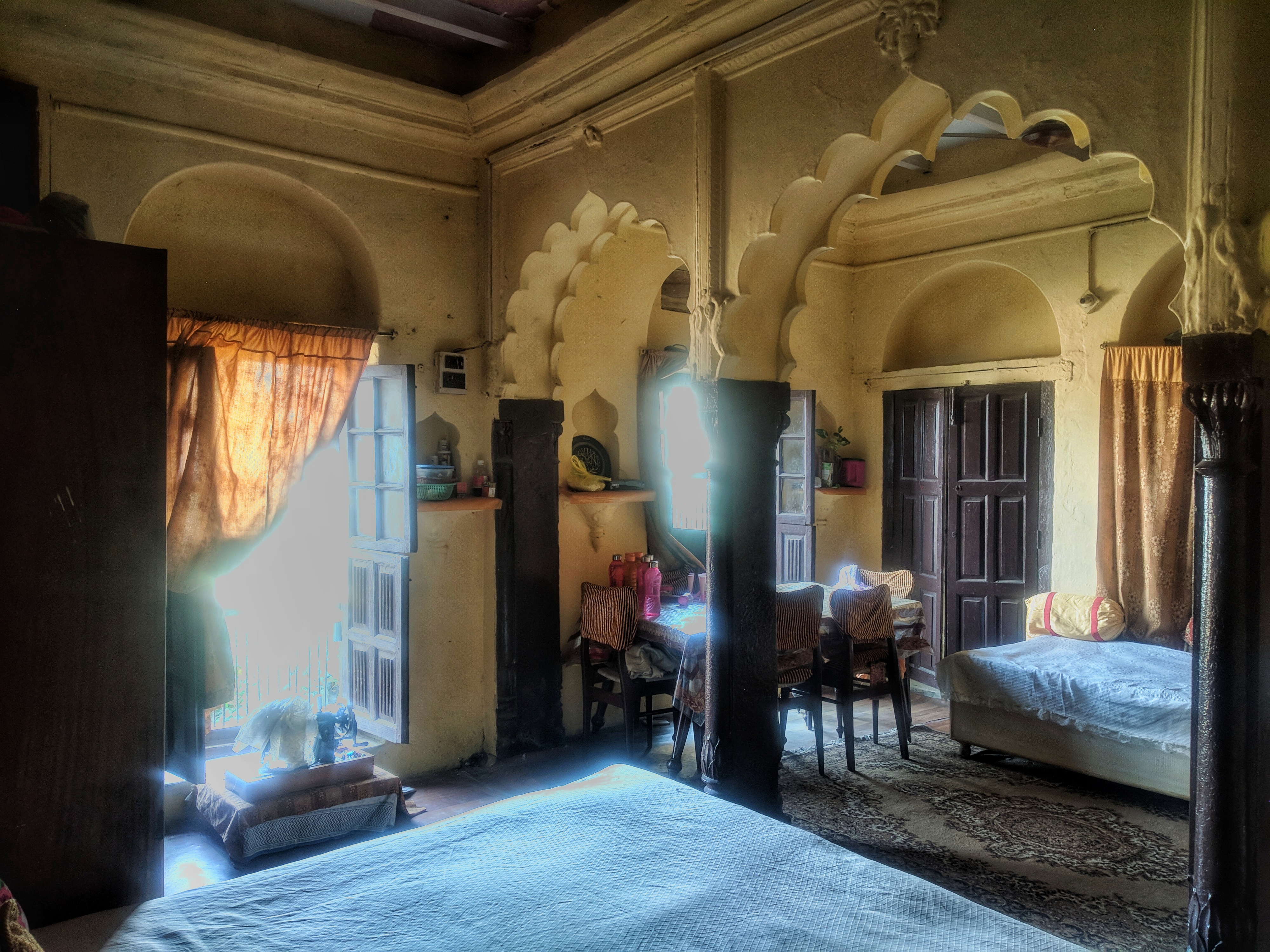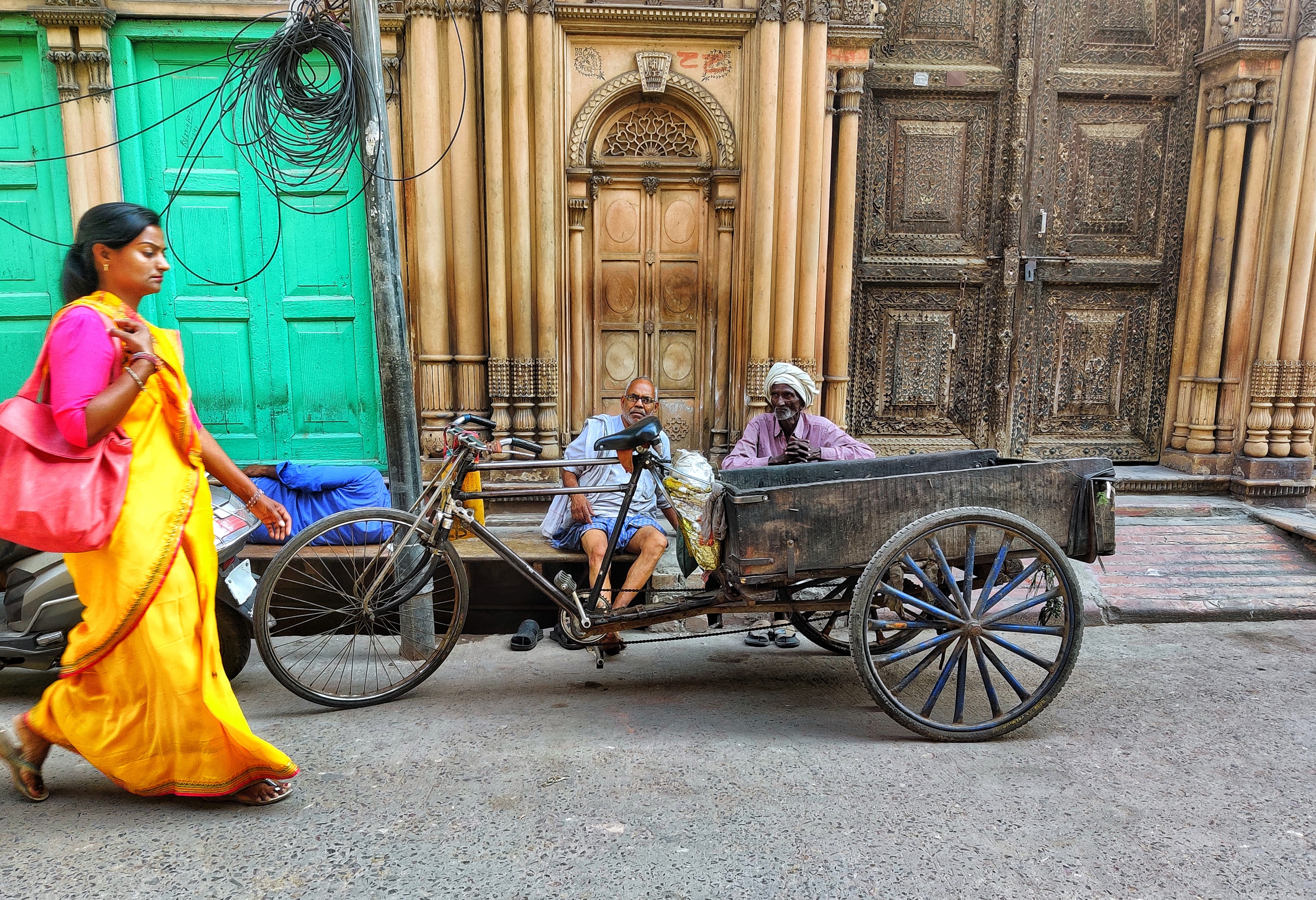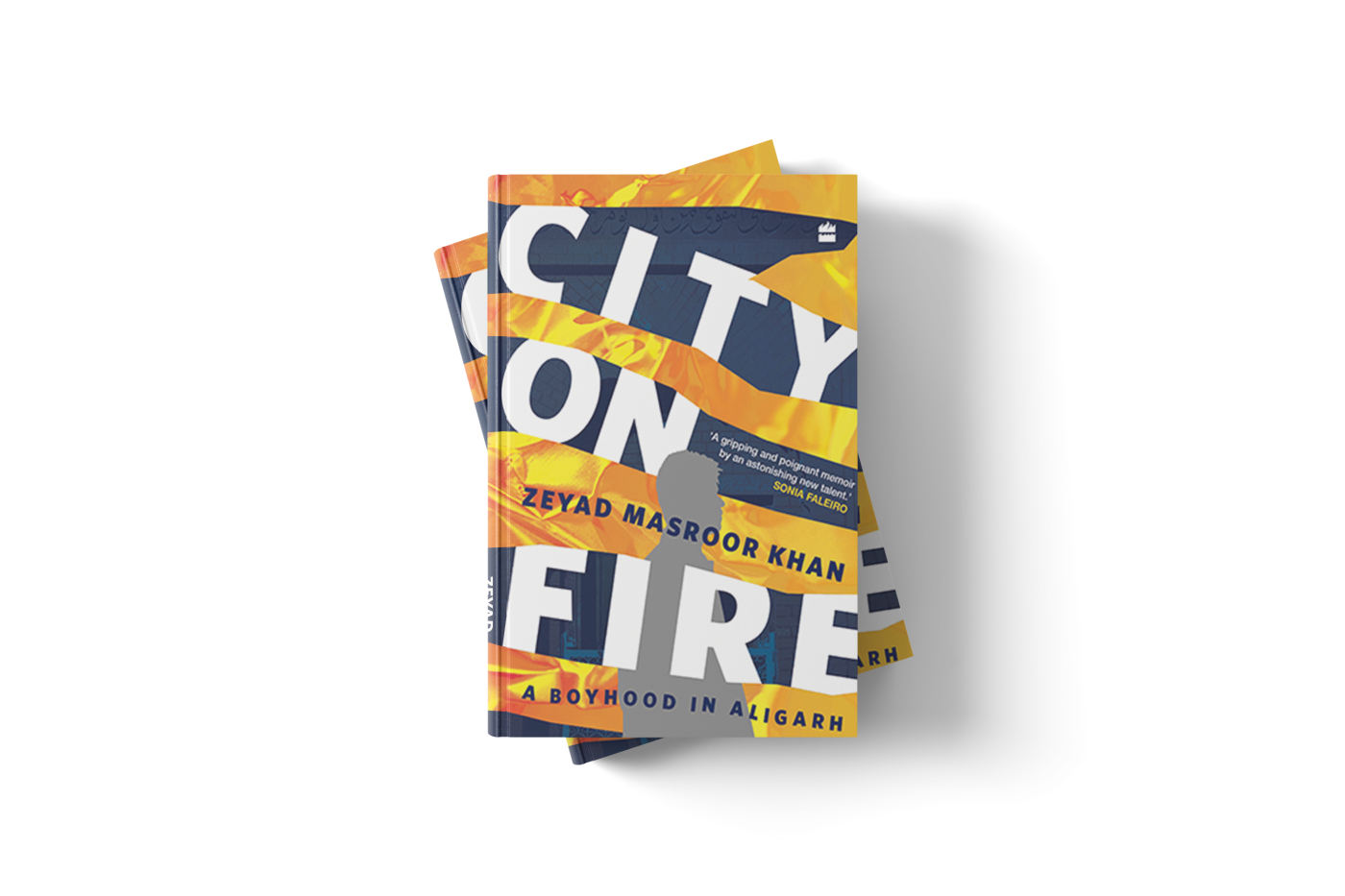Zeyad Masroor Khan’s book opens with the time the riots finally reached Farsh Manzil, the century-old home where he grew up in Aligarh, Uttar Pradesh, located “at the cusp of two warring civilisations—the Muslims of Upar Kot (also known as the UK) and the Hindus of Kanwari Ganj”, positioned “on the unofficial Line of Control between two adjacent Hindu and Muslim ghettos…the place where two universes intersected”. Four boys died outside his home that day, including his friend Shadab.
In this excerpt, Khan, a journalist, writer and documentary filmmaker, the “youngest child of the youngest of the nine children of his grandfather” tells us the story about the “button” that fascinated him as a toddler. It was only the start of a childhood and boyhood intertwined with the religious violence that has held India in its grip since the 1990s. In Khan’s world, Hindus and Muslims rioted, then became friends again. “For us, communal tension was a spectrum, a part of our existence, around which the lives of everyone around me were moulded. It simmered in the air around us all the time,” he writes. Khan’s book is dedicated to his father and “to all those who have ever lost a loved one to religious violence.”
Excerpt: How ‘The Button’ Introduced Me to the Violence in AligarhBy Zeyad Masroor Khan
MY FIRST EXPOSURE to Aligarh’s communal polarization came with my introduction to the Button. I was around four years old when the Babri Masjid was brought down in Ayodhya. It led to violent riots in India, and like always, in Upar Kot too.
A small, white, electrical switch hung in my drawing room near a window overlooking Kanwari Ganj, the Hindu area. It seemed a bit out of place. The Button wasn’t attached to a switchboard and just hung above the windowpane. Its intertwined black and red wires led to our balcony and then got lost in a crowd of electrical cables near a blue metal grill. It was at a height I couldn’t reach. Then one day, Saad brought a chair to the drawing room. Bingo! I could finally reach the Button. I climbed up the chair and pressed the button. But there was no ‘click’. No lights lit up anywhere, no fans began to circle. The elaborate setting seemed to be for nothing.
A few minutes later, all hell broke loose. ‘The Hindus are coming!’ somebody shouted, as if the end of the world had arrived. More screaming voices came from all directions. Panic reigned, and most of the men of my mohalla ran out of their homes and into the streets. Some gathered under my balcony. Two boys came inside without permission and entered the drawing room. ‘Who pressed the switch?’ they asked authoritatively.

Ammi feigned ignorance, and Saad denied he had even entered the room. ‘It must be Sayema. She was here!’ I lied. But somehow, they knew it was me. They began to laugh. ‘Keep away from this switch from now on, Bhaiya,’ the boys told me and moved the switch even higher.
The Button was actually an alarm wherein a lightbulb lit up in our neighbourhood to inform the Muslims that Hindu rioters were trying to move upwards on our slope. It signalled an enemy attack on Upar Kot. When I pressed it, someone sitting at a community area noticed it and informed the others. Soon, the boys of the mohalla got ready to defend the mohalla with their stones, knives, swords, bricks, country-made guns and, of course, acid bottles.
When they found out that it was a false alarm, the boys got angry. To placate them, my mother gave them a bottle of homemade chilli pickle that my Nani Ammi had sent from Etah. And so, it was a happy ending for everybody, my little misadventure with the forbidden switch a laughing matter in the neighbourhood.
It would be a few years before I’d understand the significance of this incident, when Ammi narrated the story to my friends to shame an overconfident me. Similar alarms were also installed in other homes on the border with the Hindu area Kanwari Ganj – little white buttons on which our lives depended.
The Button was just the beginning of a strange childhood. Living in a house on the border of a Hindu and a Muslim ghetto in communally charged times came with its risks. Spent at the cusp of two cultural universes, my childhood had somehow intertwined with the communal violence gripping the country in the 1990s and early 2000s.
Our biggest grouse at Farsh Manzil was that it was not entirely in the Muslim part of the locality. Our electricity bill came from the office at Delhi Gate, a Hindu area, because the government, for entirely unknown reasons, regarded Farsh Manzil as being in the Hindu part. Muslims lived on the top of the slope and Hindus at the bottom. Only unfortunate people like us were caught in the middle. My home was at the cusp of two warring civilizations – the Muslims of Upar Kot and the Hindus of Kanwari Ganj.

On our left was Goshtwali Gali, or the butcher’s lane, where I once vomited because of the smell, and home to the most ferocious dogs in Aligarh. It was also where the shop of the most famous butcher, a man named the Collector, stood. Of course, the Collector wasn’t a magistrate, but he sure acted like one. ‘Why’d I give you bone-laden meat? Do you doubt my integrity?’ he’d say, a thorough professional proud of his trade. ‘Subhanallah,’ he’d say as he minced your buffalo meat like it was the most precious thing in the world. A magistrate at heart, he’d always treat his customers with respect.
Anyone who liked to be treated with respect while buying meat flocked to the Collector’s shop. He wasn’t ashamed of this title – a sign on the door proudly proclaimed that the shop belonged to Abdul Collector. Once I grew up, I found that the Collector’s meat was a tad more expensive than others, but I always went there. Though he lived in Usman Para, where most butchers lived, his shop was in Goshtwali Gali. Professionalism ran in his family. His brother was called Judge, because he acted like a judge, often mediating when some dispute happened between men in Usman Para. On the other side of our home was Tantan Para, where the owners of many lock factories lived. It was where Badi Mummy lived before Bade Papa saw her and fell in love at first sight. But we were far from being the most interesting people in our mohalla.
(Excerpted with permission from City On Fire: A Boyhood In Aligarh published by HarperCollins.)
Get exclusive access to new databases, expert analyses, weekly newsletters, book excerpts and new ideas on democracy, law and society in India. Subscribe to Article 14.

